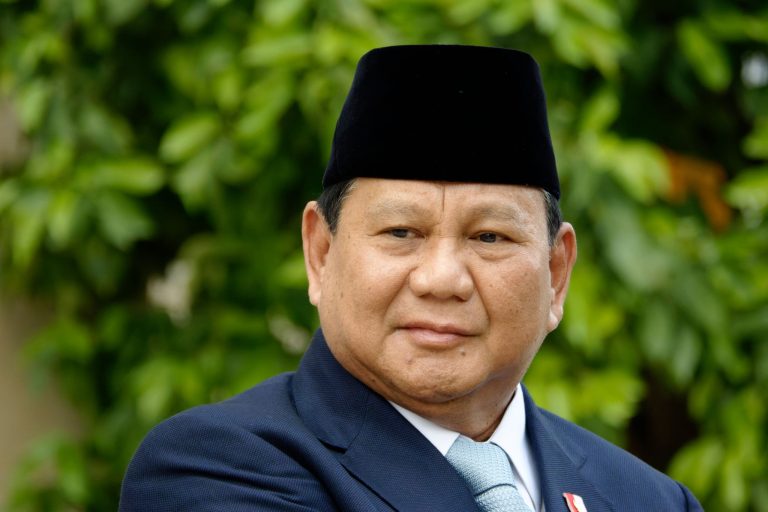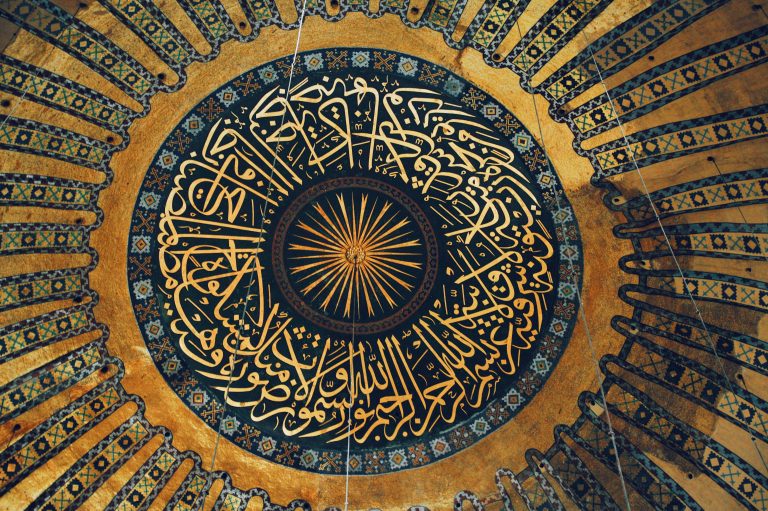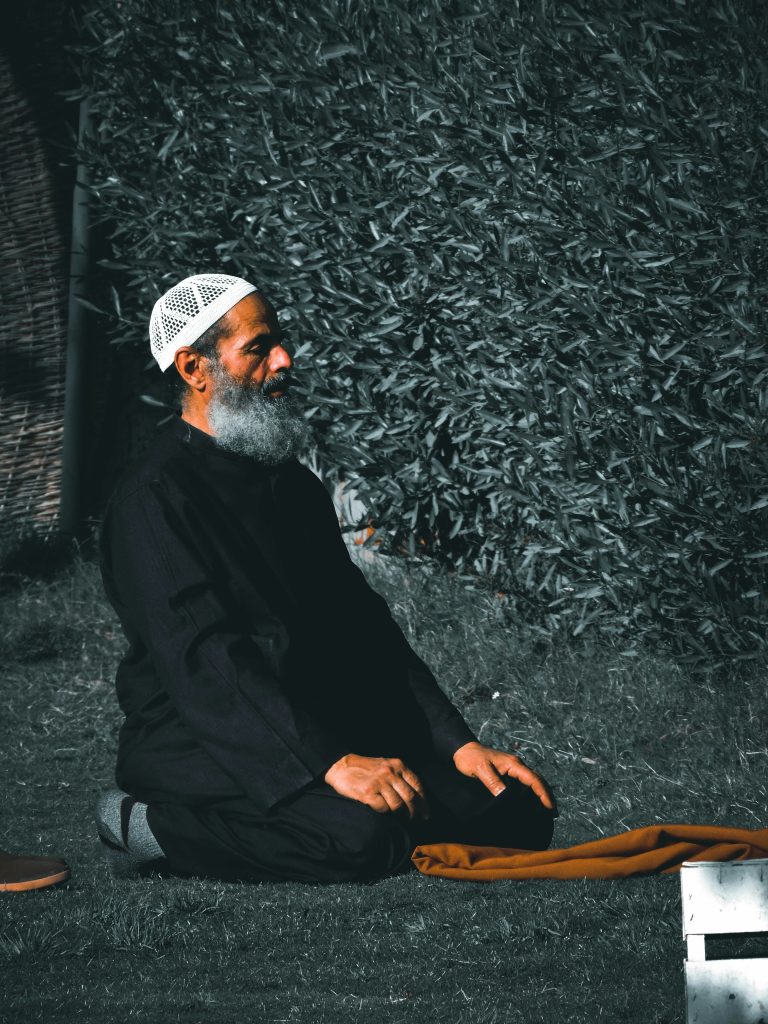
Kuntowijoyo in defining the cultural structure as follows:
Cultural structures are collective sentiments or values. The cultural structure includes religion (Islam, Catholicism, Protestantism, Hinduism, and Buddhism) and other values (such as nationalism, liberalism, capitalism, democracy, and marhaenism). Overlaps between those values are unavoidable.
In Kunto’s opinion above, it can be understood that the cultural structure is more of a society’s perspective or world view of how to live daily life. So, the effort to understand a culture, by itself, is an effort to understand the values.
Because Javanese culture dominates Indonesia, studying the structure of Javanese culture is a must. However, because of Aceh’s “service” in giving Islamic values to Java, then by itself, the study of Acehnese culture cannot be ignored entirely.
However, what is essential to see is how these values can influence each other, such as the influence of Java in the field of power and the influence of Aceh in the field of religion.
Therefore, before we bring together each of the values that appear in the culture of Aceh and Java, we should explore what values have emerged in the two communities.
Before proceeding, we will explain how the concept of value emerges in society. There are at least two things related to value.
First, it is an ideal of ethics and beliefs in society. Second, the most fundamental beliefs and goals of the individual or society. It can be said that the concept of value is closely related to the concept of ethics and morality of a society.
To make it easier for us to understand this concept, I give an example of what is meant by moral, as did Charles Taylor. He focuses more on the discussion of human problems. In this case, he enters through the question of moral philosophy, which, according to him, pays attention to what is suitable to be done rather than what is good to be made when explaining duty rather than the state of the good life.
Thus, the saying “what it is right to do” and “what is good to be” is a matter of moral philosophy. I see that the roots of the modern identity debate are indeed more through moral issues than religious ones.
In explaining modern identity, Taylor emphasizes the aspect of what it is right to do, which in the end, humans must find what standards they use in their daily lives to answer these questions.
According to Gregory Millard and Jane Forsey, Taylor views that humans as agents are formed by moral affirmations, which can be seen from the process of what Taylor calls “strong evaluation.” Moral sources, including reason, nature, and God, provide information about modern identity, explaining the technological society in these moral affirmations.
This evaluation, according to Taylor, includes discrimination of right and wrong, good and bad, high and low, which is not at all follow wishes or choices, but instead stands alone and offers standards that can be judged.
It can also be understood that the moral power that emerges as part of modern identity is the result of the loss of individual freedom, which is then replaced by standards of morality based on reason, nature, and God’s guidance, thus causing the emergence of an understanding of dichotomy that is always opposite. This strength is called a vital evaluation.
Thus, the essential aspect of what is right to do is to know the standards of truth that are neatly wrapped up in morality so that anyone who does not pay attention may not be in the modern era. So the aspect of morality has become crucial for the development of modern times in the West.
Taylor then describes that moral intuition comes from instinct. Then he distinguishes it from a moral reaction, which is the result of the process of maturation and education.
At a glance, Taylor wants to explore a fairly fundamental issue in the study of morality by starting with instincts that are not only possessed by humans but also by animals. This is because Taylor views humans as self-interpreting animals. Reckling wrote about Taylor’s understanding as follows:
Taylor’s value approach is an explicit part of his anthropological hermeneutics of what, in particular, it means to be a modern human being.
Taylor argues that human beings are already situated in a specific context of cultural meanings; they are embedded in a web of pre-existing and pre-interpreting cultural significance.
Therefore, it is clear from this aspect that the fundamental problem of how a person is said to be modern is when the human is in a cultural network.
In other words, humans can only respect others and do not react to others in this condition which then underlies the emergence of an attitude of sympathy for others, which had emerged in the 18th century, especially by Rousseau.
In essence, what is meant to be understood is an attitude of respect or sympathy for others as “as they are” is a moral foundation, which according to Taylor, is based on human instinct.
The good and the bad of a human group are not judged in terms of good and evil or right and wrong according to our standards. We must not give a moral reaction because there will be moral standards based on reason, nature, and God when giving a solid evaluation.
For Taylor, morality is respect for others. The word respect in the West then changed to rights. Finally, in Western civilization, a moral person respects others or respects the rights of others. These rights are protected by law. In Taylor’s language:
What is peculiar to the modern West among such higher civilizations is that its favored formulation for this principle of respect has come to be in terms of rights. This has become central to our legal system – and in this form, has spread around the world. Nevertheless, in addition, something has become central to our moral thinking.
From Taylor’s statement above, the issue of respect, which was initially a cultural asset as a self-interpreting animal, turned into a civilization where morals and respect were turned into rights.
Until now, we can guess that in cultures that still use “instinct” as a moral intuition, then the problems above are certainly still challenging to explain. Because, in a primitive culture, they do not seem to have a moral reaction like in the West today.
After explaining this issue, Taylor explains that rights themselves are highly subjective. Then this right was incarnated in the 17th century as the universal moral norm.
Of course, the modernization process that developed above has occurred in Indonesia. However, if in the 17th century, the situation in the West was undermining (secular) religion, then in Java and Aceh, there was a process of attaining religious status, which was quite formidable. In Java and Aceh in the 17th century, there was a process of Islamic profanity and the rise of Islam-Kejawen.
However, the process of what is happening in the West and Java-Aceh is not much different. However, what happened in the 17th century in the West could only be felt in Javanese and Acehnese society from the early 19th century until now, when Java provided the foundation of national values for establishing the Indonesian state.
Therefore, the issue of “what it is right to do” and “what is good to be” is a journey of the concept of values and ethics in that society. The ethical standards of reason, nature, and God are ongoing.
Therefore, historical sources are significant to understanding how Aceh and Java’s cultural structure is. However, due to the broad scope of history that must be discussed, it will be limited to sources that include how the ‘contact’ of Acehnese and Javanese culture is with two things, namely: how is the process of building Aceh and Java culture and how is the Aceh and Javanese culture “response” to the system or system.
The value that comes from outside. In the first question, I assume that the culture of Aceh and Java is like a self-interpreting animal process toward a fully Indonesian human. The second is an attempt to understand the “authenticity” of Acehnese and Javanese culture in each of the historical trajectories of these two ethnic groups.







